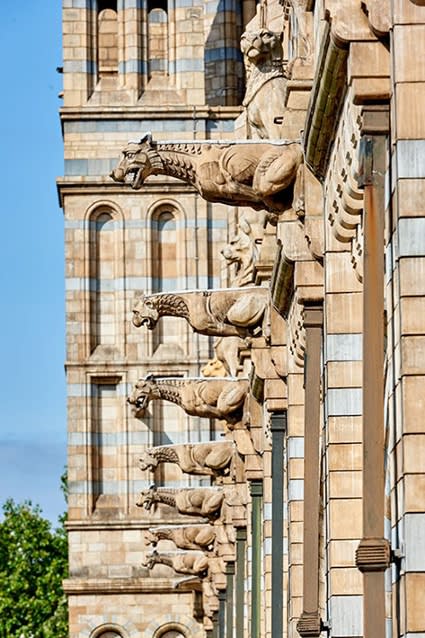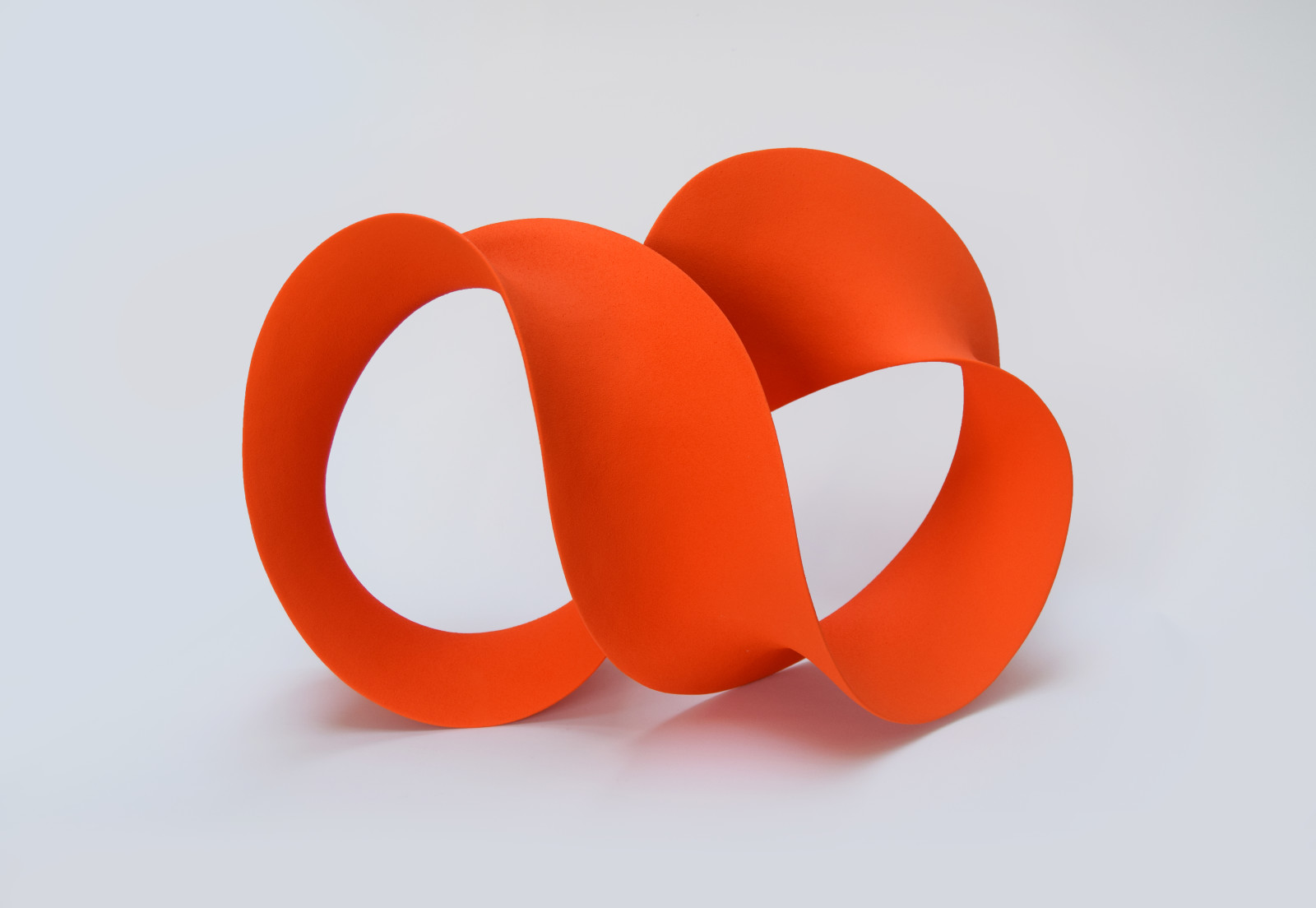|
Merete Rasmussen, Ouroboros, 2019, Ceramic with coloured slip
|
|
|
|
|

|
|
|

|
 |
 |
 |
|||
JON BUCKPRESERVING VESSEL, 2018
|
PANGOLIN DESIGNSSTAG, 2019
|
|


|
|
|
|
|
|
|
|
Merete Rasmussen, Ouroboros, 2019, Ceramic with coloured slip
|
|
|
|
|

|
|
|

|
 |
 |
 |
|||
JON BUCKPRESERVING VESSEL, 2018
|
PANGOLIN DESIGNSSTAG, 2019
|
|


|
|
|
|
|
|
|
Mon - Tue: Open by appointment only
Wed - Sat: 10:00am - 6:00pm
OTHER EXHIBITIONS
Friday - Monday 8am - 8pm. Exhibitions on B-1 Mezzanine Level at Kings Place can be subject to events and have restricted access. Please check before you travel.
Please note that the gallery is closed on Bank Holidays and between exhibitions.
This website uses cookies
This site uses cookies to help make it more useful to you. Please contact us to find out more about our Cookie Policy.
* denotes required fields
We will process the personal data you have supplied in accordance with our privacy policy (available on request). You can unsubscribe or change your preferences at any time by clicking the link in our emails.